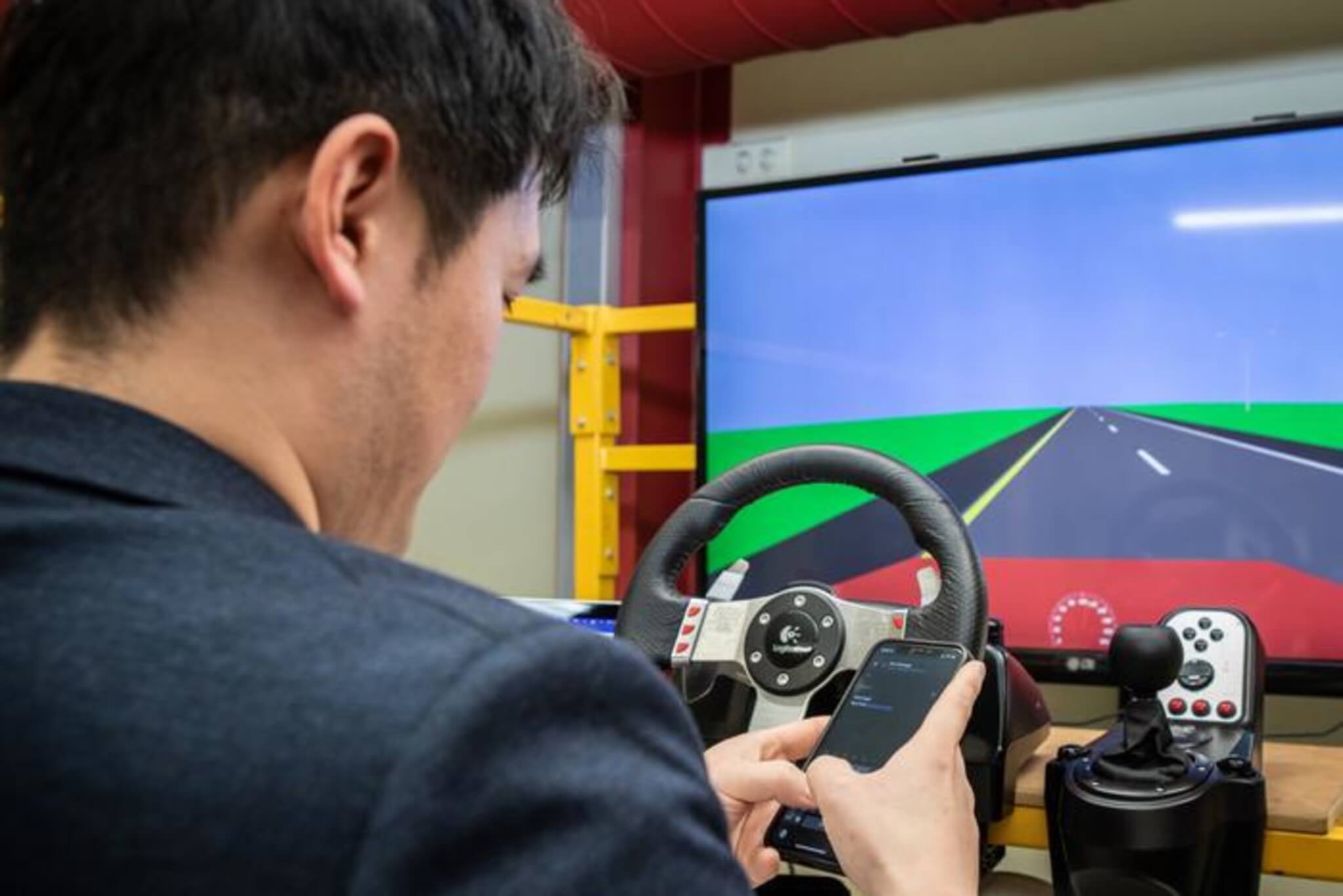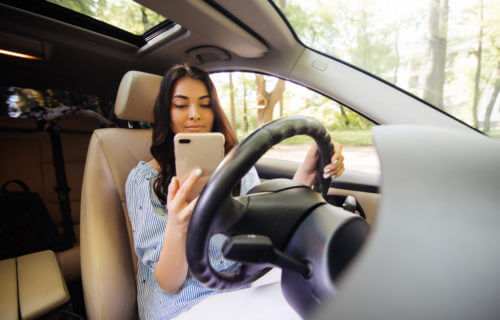MELBOURNE, Australia — Don’t think you can just kick your feet up while inside a driverless car. Researchers from the Royal Melbourne Institute of Technology (RMIT) are revealing the hazards of engaging in certain distracting activities while inside autonomous vehicles. The study, which aims to understand the challenges of suddenly having to retake control during an emergency, suggests authorities need to rethink policies for these self-driving vehicles.
“This data is a starting place for regulation and could lead to data-backed legislation that ensures drivers are given enough time to respond quickly and flawlessly to emergency events,” says study lead author Dr. Neng Zhang, from RMIT University School of Engineering, in a university release.
Vehicle automation breaks down into five levels. Levels 1 and 2, which include features like lane-keeping, automated parking, and cruise control, are already common. Levels 3, 4, and 5, often referred to as “driverless cars,” are still in testing phases in Australia.
Distracting activities impede response times
Using a Level 3 car simulator, the study tested participants’ response time in emergencies after engaging in activities such as writing business emails (considered work), watching videos (entertainment), or simply resting with their eyes closed.
“These tasks required drivers to invest high, moderate, and low levels of mental workload. We tested their responses after a short interval (5 minutes) or long interval (30 minutes) of participating in one of these tasks. All of these tasks worsened the takeover and led to a period of poorer driving,” notes Dr. Zhang.
“We found that resting resulted in the worst takeover response, followed by working. Social media was less disruptive. However, the longer the participant engaged in an activity, the worse their response was to an emergency.”

Study author Stephen Robinson, a biomedical researcher and professor at RMIT University, stresses that emergencies require high cognitive abilities.
“As soon as something unexpected happens, such as a child running across the road, we need to be able to use our full cognitive abilities to assess the situation and take appropriate action,” Robinson explains. “Takeover requests in automated vehicles occur when the onboard computer lacks the capacity to deal with changed or complex driving conditions. Such conditions are potentially dangerous and require the driver to focus quickly and act decisively to keep our roads safe.”
Experience matters
Another significant finding was the correlation between driving experience and response efficacy.
“We found that driving experience and takeover performance were highly correlated, with inexperienced drivers (with less than 20,000 kilometers of driving experience) responding more slowly and less effectively. The distance driven since gaining a driver’s license is more important than the number of years since the license was issued,” notes Dr. Zhang. “Our findings highlight the need for vehicle manufacturers and licensing authorities to develop solutions that ensure that conditionally automated vehicles are safe for drivers with varying experience levels.”
Driving toward a safer future
“The aim of our work is to enhance ‘human-automation interaction’ for autonomous vehicles and significantly improve the way humans interact with and control these advanced autonomous vehicles, leading to enhanced efficiency and safety in their operation,” says study co-author Mohammad Fard, engineering expert and professor at RMIT University.
However, technological advancements alone won’t suffice. The research underlines the need for regulations to address distractions, alertness, and experience levels for the successful integration of Level 3 automated vehicles into traffic.
“Governments can effectively safeguard road safety by acknowledging these detrimental effects and regulating non-driving activities in the context of autonomous driving,” concludes Dr. Zhang.
The study is published in the Journal of Safety Research.
You might also be interested in:
- Best Electric Cars: Top 5 EV Models Recommended By Experts
- Best Cars For Teens: Top 5 Vehicles For Young Drivers Most Recommended By Experts
- Women do a better job of operating driverless cars, study says


This changes the definition of Level 3 and Level 4 autonomous vehicles. In the original version, a driver needed to be able to drive when the car could not. You can imagine the car notifying the driver of changing conditions ahead and then pulling over at a safe location if the driver does not respond in a reasonable amount of time. The new definition adds the word “instantly” which was clearly never intended. That one word makes these Level 2 autonomous vehicles under the accepted definition.